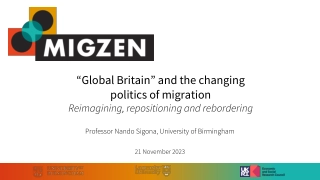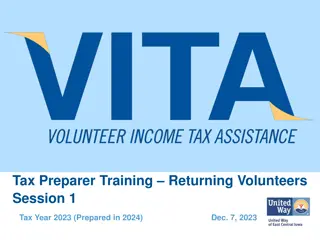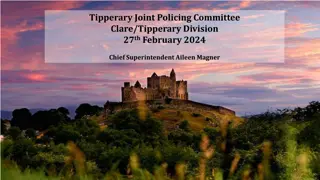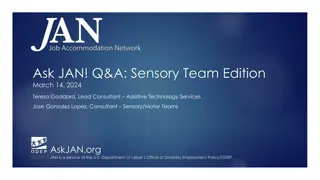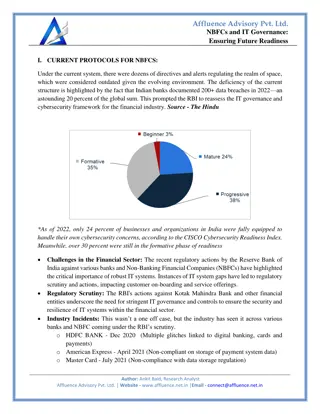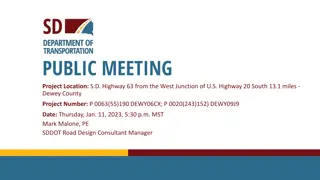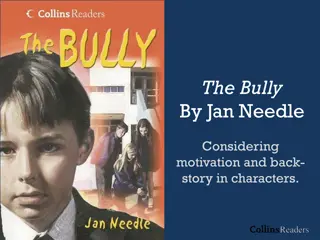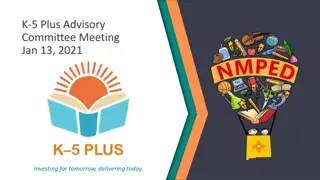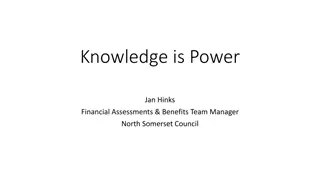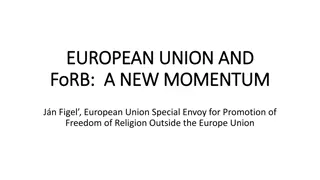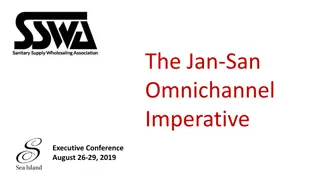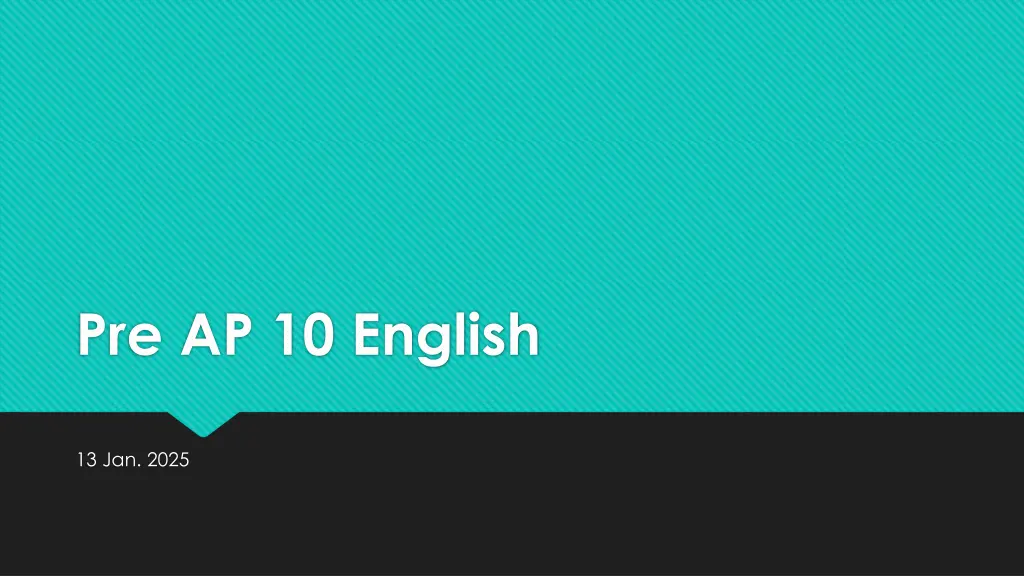
Understanding Elements of Fiction in Literature
Explore the literary elements such as plot, point of view, characterization, conflict, setting, and symbolism in works of literature. Understand how repetitions, opposites, and links enhance the depth of storytelling.
Download Presentation

Please find below an Image/Link to download the presentation.
The content on the website is provided AS IS for your information and personal use only. It may not be sold, licensed, or shared on other websites without obtaining consent from the author. If you encounter any issues during the download, it is possible that the publisher has removed the file from their server.
You are allowed to download the files provided on this website for personal or commercial use, subject to the condition that they are used lawfully. All files are the property of their respective owners.
The content on the website is provided AS IS for your information and personal use only. It may not be sold, licensed, or shared on other websites without obtaining consent from the author.
E N D
Presentation Transcript
Pre AP 10 English 13 Jan. 2025
Understanding Literature pgs. 27-45 Curiosities Things you find puzzling, intriguing, or ambiguous. Repetitions Repeated images, words, phrases, settings, structures, rhymes, etc. Opposites Contrasts like light/dark, good/evil, or characters or settings that seem to be in opposition Links Connections and allusions, references to art, history, literature, or religion that the writer expects the reader to know.
Point of View First Person the narrator uses pronouns such as I and we. Is often, but not always, the main character. Third Person The narrator uses he, she, or they. Omniscient A narrator who knows what every character is thinking and can move easily through time. Limited Omniscient A narrator who knows the thoughts of only one character. Objective Character A narrator who reports the actions and dialogue of the characters but does not move into the thoughts of any of the characters. Second Person Narrator uses the pronoun you. This is rarely used.
Characterization Protagonist the main character Antagonist opposes main character Direct Characterization author explicitly comments on or describes a character. Indirect Characterization author develops the character through the things the character does and says, or what others say to or about the character.
Plot Plot the events that take place in the text and the arrangement of the events. Classic Plot Structure exposition; rising action, climax, falling action, and resolution
Conflict One character v. Another character Character v. Society Character v. Nature Character v. Self
Setting Gives context in a piece of literature. Establishes the location, time period, and cultural background. Creates a specific atmosphere that provokes an audience response.
Symbolism Can be an object, a person, a situation, or events or actions that have both literal and metaphorical meaning in a work of literature.
Characters Jack Merridew Ralph Piggy Simon
Summary in the beginning of chapter three, Jack is in the forest hunting by himself. Jack is obsessed with the hunt. He is following the trails, smelling the air, and listening to the forest. Jack is going mad with the prospect of meat. After failing at hunting, he goes to the beach for water and sees Ralph and Simon buliding huts.
Summary Ralph is frustrated with buliding the shelters, because they aren't stable and no one is helping. Jack is defensive and begins to talk about his need to catch a pig and how close he is. The difference in their opinions on the shelters and the hunting is the first sign of conflict between Ralph and Jack. Simon walks off into the forest. the little ones follow him into the forest and h e gives them ripe fruit. This is the first time heislookedatasa god-likefigure. simon then goes t o his "secret spot", this is the first time h e goes there He thinks it is the most beautiful and peaceful place o n the island.
Quotes The two older boys flinched when they heard the shameful syllable. Snakes were not mentioned now, were not mentionable. p. 52 Jack had to think for a moment before he could remember what rescue was. Rescue? Yes, of course, all the same I d like to catch a pig first p. 55 They looked at each other, in love and hate. p.55
Symbols Conch = civilized society Beast = fear and the unknown Signal fire = hope Chanting and dancing = loss of reason
Foreshadowing Jack is hunting alone. He is starting to become consumed with hunting. Ralph and Jack begin to argue on the beach about hunting v. shelter. They get so frustrated with one another that they can barely look at each other. It points to future differences.
Personification Creepers the ivy and brush on the island. "His feet left prints in the soft soil and the creepers shivered throughout their lengths when he bumped them." p.56
Simile Darkness poured out, submerging the ways between the trees till they were dim and strange as the bottom of the sea. p. 57 The air here was dark too, and the creepers dropped their ropes like the rigging of foundered ships. p. 56
Characters Piggy Ralph Jack Samneric Roger Simon The Littluns ( Maurice, Henry, Percival, Robert, Bill, Johnny)
Symbols The fire = rescue The conch = authority Ralph s tribe = civilization The Beastie fear Jack s tribe = savagery
Imagery "Toward noon, as the floods of light fell more nearly to the perpendicular, the stark colors of the morning were smoothed in pearl and opalescence; and the heat - as though the impending sun's height gave it momentum - became a blow that they ducked, running to the shade and lying there, perhaps even sleeping." p. 58
Foreshadowing The hunters allowed the fire to go out because they went on a pig hunt. Following this, a ship comes, but does not see any smoke and passes. This foreshadows the event of their potential rescue.
Themes Power - Roger led the way straight through the castles, kicking them over, burying the flowers, scattering the chosen stones. Maurice followed, laughing, and added to their destruction. p. 60 Primitive v. Civilized Now though there was no parent to let fall a heavy hand. Maurice still felt the unease of wrongdoing p. 60
Quotes "Roger gathered a handful of stones and began to throw them. Yet there was a space round Henry, perhaps six yards in diameter, into which he dare not throw. Here, invisible yet strong, was the taboo of the old life. Round the squatting child was the protection of parents and school and policemen and the law. Roger's arm was conditioned by a civilization that knew nothing of him and in ruins (p. 62) Jack planned his new face. He made one cheek and one eye-socket white and then rubbed red over the other half of his face and slashed a black bar of charcoal across from right ear to left jaw. ((p. 63) "There had grown up tacitly among the biguns the opinion that Piggy was an outsider, not only by accent, which did not matter, but by fat, and asthma, and specs, and a certain disclination for manual labor (p. 65)
Quotes "You and your blood, Jack Merridew! You and your hunting! We might have gone home!" - Piggy (p. 70) "Kill the pig. Cut her throat.. Bash her in. p(. 75)
Personification . . . as though the impending sun s height gave it momentum became a blow that they ducked . . . (Chapter 4, paragraph 1) . . .just as they ignored the miraculous, throbbing stars. (Chapter 4, paragraph 2) . . . and there the sun gazed down like an angry eye. (Chapter 4)



